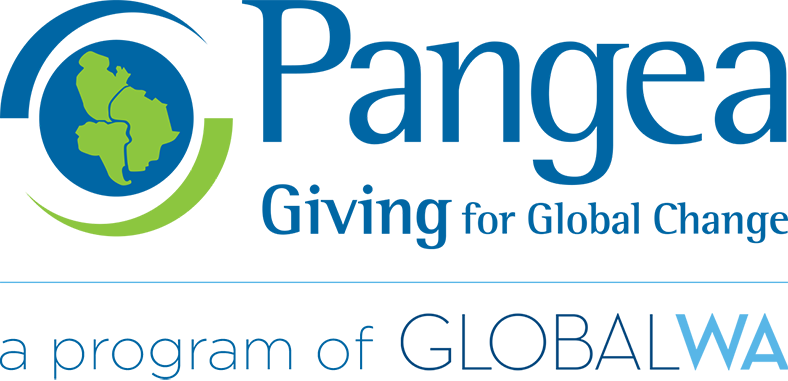Two scales in philanthropy, two approaches to climate action
Elan Wong is spending the summer researching how philanthropy can best address the impacts climate change as a Pangea Giving intern. She is working on a research report on the subject and will help to organize a climate change philanthropy workshop for the fall. Here is the second update from her research:

As I continue my research, I have focused on finding and assessing funding organizations similar in scale and focus to Pangea Giving.
I’ve looked for organizations that:
- Fund climate action
- Support grassroots initiatives
- Give grants of similar amounts as Pangea
Through research online, the Foundation Center Directory, and interviews with staff at several foundations, I’ve learned about organizations’ criteria for climate funding, their definitions of key terms (like climate justice, adaptation, resilience, and mitigation), what trends they see in climate philanthropy, and what gaps and opportunities they see in this work. Some of the foundations I found doing interesting work in funding grassroots climate projects include the Mize Family Foundation, Thousand Currents, the Laird Norton Family Foundation, the Seattle Foundation, and Global Greengrants Fund.
I’ve found that trends in funding largely depend on the size of the grants. Large funders (which I define as those with average grant size above $25,000) play a role in funding large capital climate mitigation efforts, while small funders (those with average grant size below $25,000) tend to fund in the areas of adaptation.
When philanthropy’s role in addressing climate change is discussed (in the news, among funders, and leaders), the main focus is usually on large funders and large-scale mitigation efforts. In my last post, I mentioned the Global Climate Action Summit in 2018, when 29 largest foundations committed $4 billion to fund climate action. This stated goal of this funding was to “advance affordable, low-and zero-carbon solutions to reduce the harmful emissions that cause climate change.” These are mitigation efforts. Climate Works Foundation also published “Design to Win: Philanthropy’s Role in the Fight Against Global Warming” which lists mitigation strategies as priority areas for climate philanthropy. Large funders can pour billions of dollars into mitigation efforts in the energy, industrial, building, transportation, forestry, and policy sectors. Because they have such a large capacity their main role is to invest in more innovation, launch programs off the ground, and fund larger capital projects.
Many small funders tend to engage in more grassroots initiatives and have the ability to fund adaptation solutions created by people and communities who are most affected by climate change. This brings voices who are otherwise not heard to the table. Many smaller funders tend to be more flexible and work closely with their grantees which allows them to play the role of capacity building for smaller organizations, help them find funding from larger funders, and also make these smaller grassroots organizations more attractive to larger funders.
Although the recognition in the importance of funding climate adaptation is growing, still a very small percentage of the 2% of total climate funding is going to climate adaptation and funding of grassroots initiatives. Both large and smaller funders play very different yet complimentary roles in the scope of climate philanthropy and are integral to climate action.

